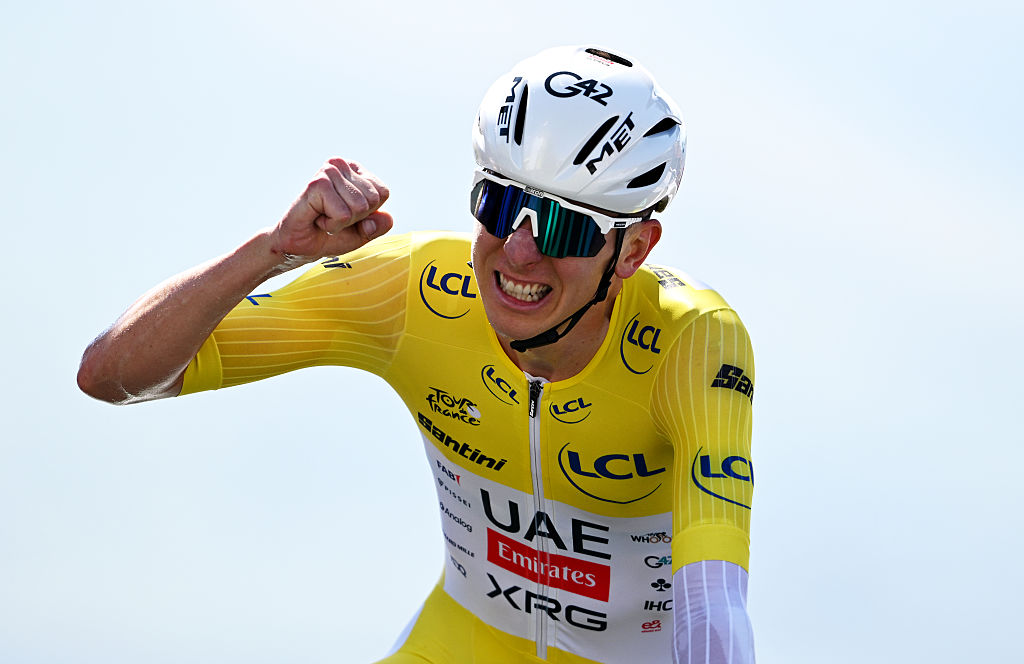Déjà vu for Rosskopf during Tour of Utah’s Queen stage
BMC rider falls just short on Snowbird climb, where he placed second to Cadel Evans last year
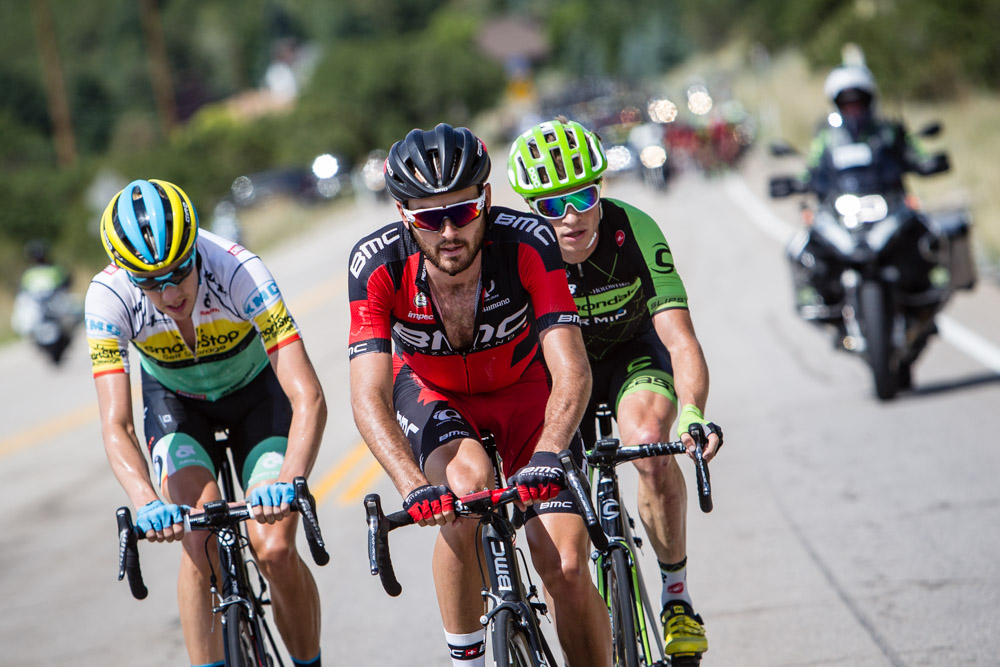
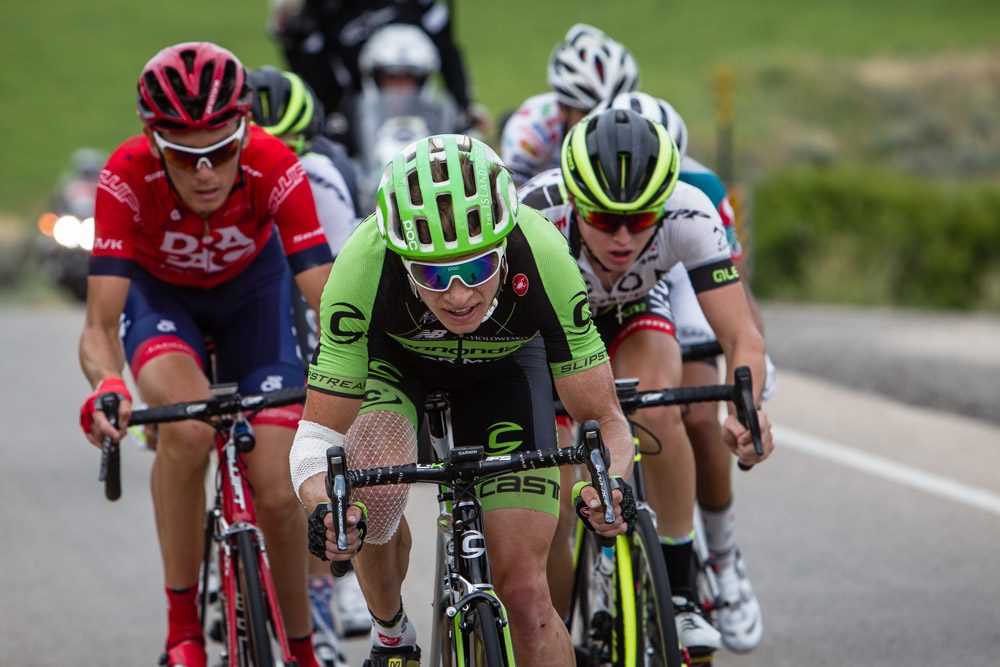
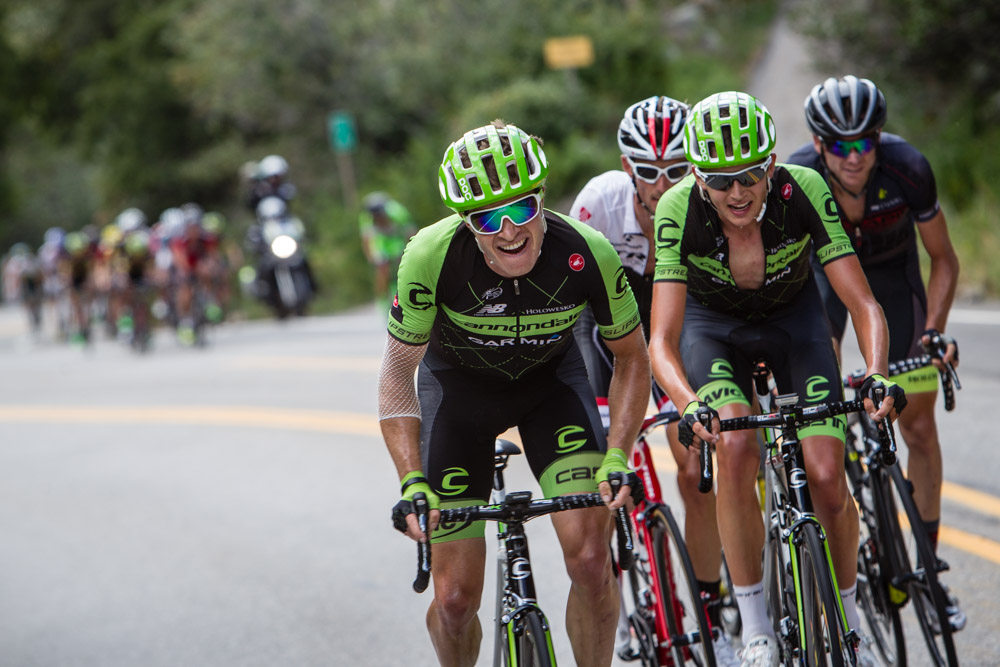
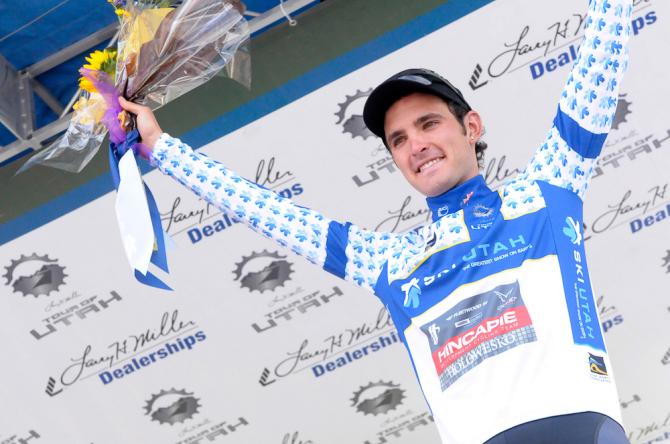
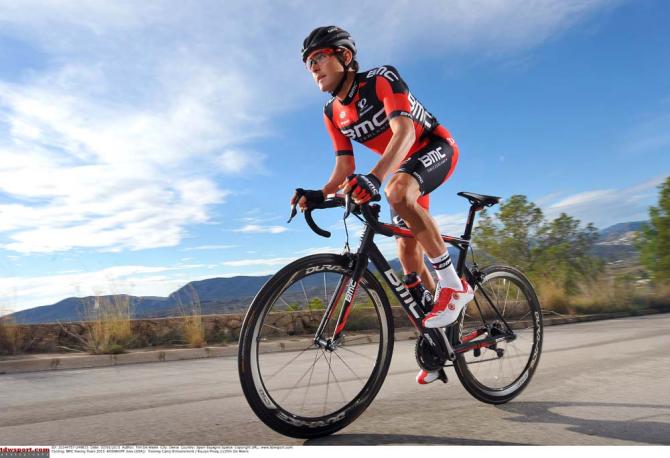
Joey Rosskopf must have had a sense of déjà vu during Saturday’s Queen stage at the Larry H. Miller Tour of Utah.
In 2013, Rosskopf, who was riding for the Hincapie Development Team at the time, made it into the day’s breakaway and then survived the climb to Snowbird Ski and Summer Resort with the lead group, challenging BMC’s Cadel Evans for the stage win before settling into second and grabbing the race’s mountains jersey.
Rosskopf made the breakaway again this year, this time as a BMC rider himself, and was pressing the pace with Cannondale-Garmin’s Ben King and Team SmartStop’s Rob Britton when the reduced peloton caught the trio with less than 10km remaining.
“It felt almost identical,” Rosskopf said. “I went in the break at the exact same moment as last year, like 2km from the top of the climb. It was a big group like last year, the only difference was that it was a little more balanced, so we all had to roll through and that took a little more effort out of everyone. Last year there were four BMC guys who were just driving it.
“We trimmed it down on Guardsman like last year and tried to roll the descent as fast as we could,” he said, “but we got caught a lot earlier this year, with maybe 7km to go.”
Rosskopf said this year’s adventure was likely doomed because the riders who survived with him over Guardsman Pass and onto the lower slopes of the Little Cottonwood climb to Snowbird were not 100 percent committed to making the move work.
“I know Ben was pretty far down on GC, so coming to the line with me wouldn’t help him, and he had Dombrowski to support back in the field,” said Rosskopf, who shares an apartment with King in Lucca. “When you have a guy that can climb that well, that’s a good leader to support and that makes sense.
The latest race content, interviews, features, reviews and expert buying guides, direct to your inbox!
“So, yeah, there was a little hesitation and I don’t think anyone committed 100 percent, and it kind of showed.”
King confirmed Rosskopf’s theory at the post-race press conference, saying he held something in reserve to use later if Dombrowski was able to bridge to the leaders. King said Rosskopf “crushed” everyone in the break on the climb over Guardsman Pass, and he knew Rosskopf was climbing too well to risk taking him to the finish.
“There was no reason for me to ride with him, knowing that Joe was coming across,” King said. “It didn’t help me to contribute to Joey winning the stage because I knew he was climbing pretty well based on how he went over the top of Guardsman.
“I still rotated with them once I recovered, but I wasn’t driving it. I was trying to hold a little bit back so I could give it to Joe when he got up there.”
Like a good roommate would, Rosskopf said he understood King’s motives, but there’s always disappointment when team tactics crush an opportunity. In the end, Rosskof put it off to “just bike racing.”
“There’s nothing I can do about it,” he said. “I can try to convince the other guys to go hard, but if they’re not doing it, I can’t do it or I’ll just get smoked at the finish.
“I think last year the reason we got everyone to commit is because we had a guy like Cadel, who was just going full gas. And you see someone like that who is so respected and so well known, and you see him go all in and it kind of convinces everyone else in the break that it’s the right thing to do and to do the same.
“But we didn’t quite have that situation today at the end,” he said.
Growing up in Missoula, Montana, Pat competed in his first bike race in 1985 at Flathead Lake. He studied English and journalism at the University of Oregon and has covered North American cycling extensively since 2009, as well as racing and teams in Europe and South America. Pat currently lives in the US outside of Portland, Oregon, with his imaginary dog Rusty.
